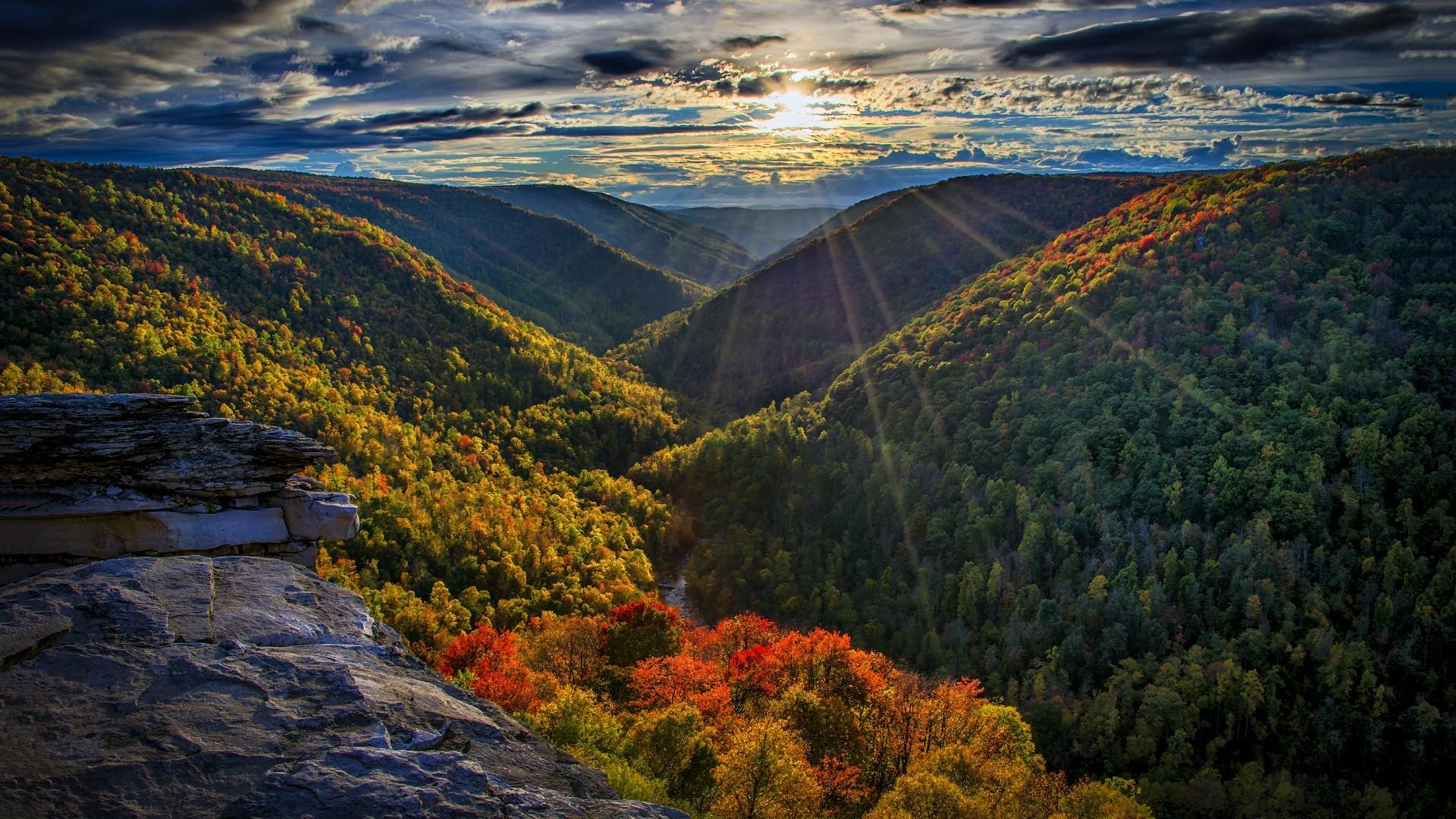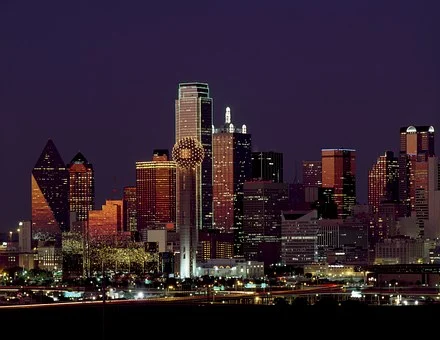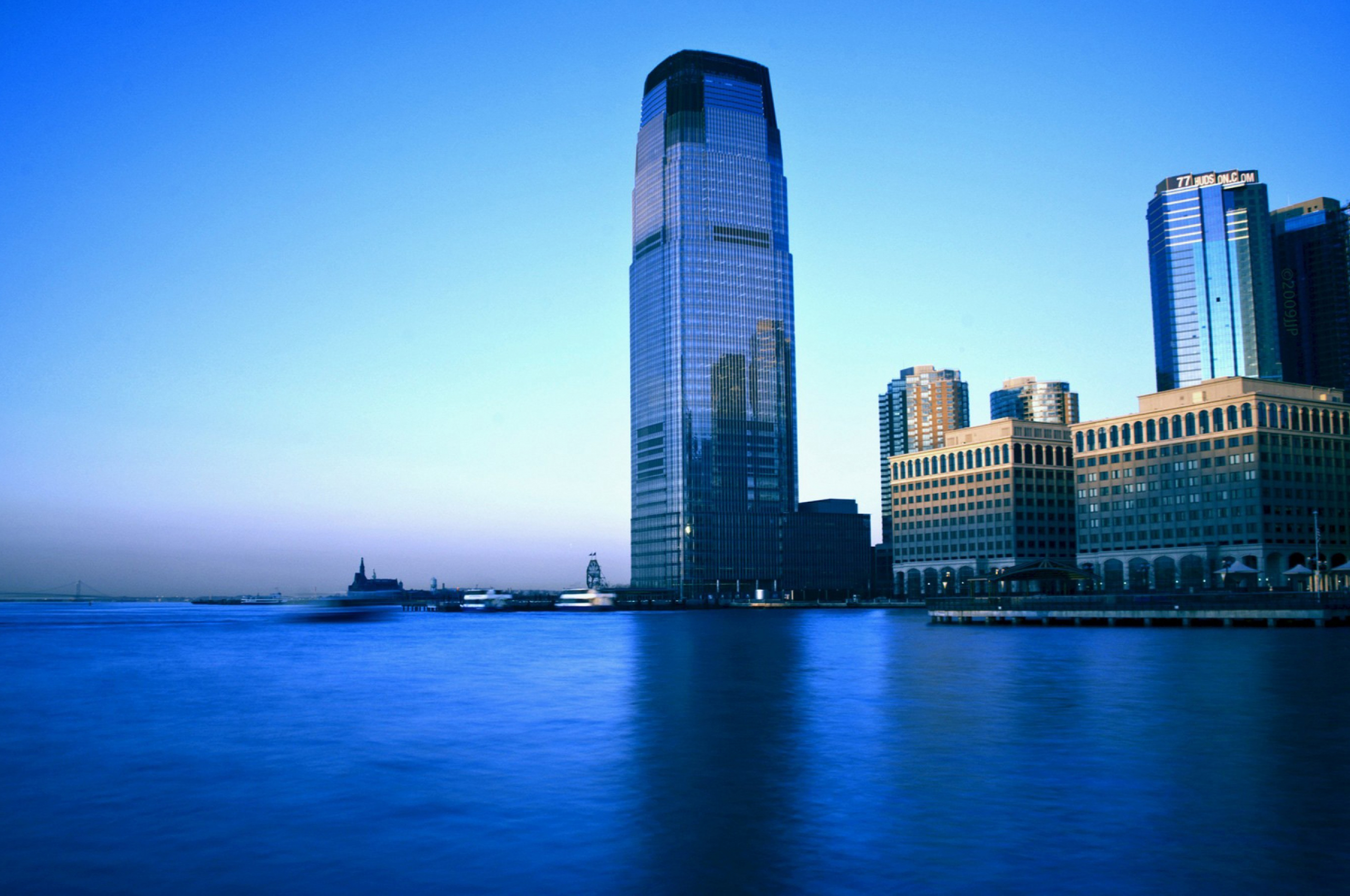Juneau, AK
The City and Borough of Juneau, more commonly known simply as Juneau ( JOO-noh; Tlingit: Dzánti K'ihéeni Athapascan pronunciation: [ˈtsʌ́ntʰɪ̀ kʼɪ̀ˈhíːnɪ̀]), is the capital city of the U.S. state of Alaska, located in the Gastineau Channel and the Alaskan panhandle. Juneau was named the capital of Alaska in 1906, when the government of what was then the District of Alaska was moved from Sitka as dictated by the U.S. Congress in 1900. On July 1, 1970, the City of Juneau merged with the City of Douglas and the surrounding Greater Juneau Borough to form the current consolidated city-borough, which ranks as the second-largest municipality in the United States by area and is larger than both Rhode Island and Delaware.
Downtown Juneau is nestled at the base of Mount Juneau and it is across the channel from Douglas Island. As of the 2020 census, the City and Borough had a population of 32,255, making it the third-most populous city in Alaska after Anchorage and Fairbanks. Juneau experiences a daily influx of 6,000 people or more from visiting cruise ships between the months of May and September.
The city is named after a gold prospector from Quebec, Joe Juneau, although it was once called Rockwell and then Harrisburg (after Juneau's co-prospector, Richard Harris). The Tlingit name of the town is Dzántik'i Héeni ("Base of the Flounder's River", dzánti 'flounder,' –kʼi 'base,' héen 'river'), and Auke Bay just north of Juneau proper is called Áak'w ("Little lake", áa 'lake,' -kʼ 'diminutive') in Tlingit. The Taku River, just south of Juneau, was named after the cold t'aakh wind, which occasionally blows down from the mountains.
Juneau is unique among the 49 U.S. capitals on mainland North America in that there are no roads connecting the city to the rest of the state or North America. Honolulu, Hawaii, is the only other state capital which is not connected by road to the rest of North America. The absence of a road network is due to the extremely rugged terrain surrounding the city. In turn Juneau is a de facto island city in terms of transportation; all goods coming in and out must be transported by plane or boat, in spite of the city's location on the Alaskan mainland.
Downtown Juneau sits at sea level with tides averaging 16 feet (5 m), below steep mountains about 3,500 to 4,000 feet (1,100 to 1,200 m) high. Atop the mountains is the Juneau Icefield, a large ice mass from which about 30 glaciers flow; two of them, the Mendenhall Glacier and the Lemon Creek Glacier, are visible from the local road system. The Mendenhall Glacier has been gradually retreating; its front face is declining in width and height.
The Alaska State Capitol in downtown Juneau was built as the Federal and Territorial Building in 1931. Prior to statehood, it housed federal government offices, the federal courthouse, and a post office. It also housed the territorial legislature and other territorial offices, including that of the governor. Today, Juneau is the home of the state legislature and the offices of the governor and lieutenant governor. Some executive branch offices have moved certain functions to Anchorage and elsewhere in the state .








